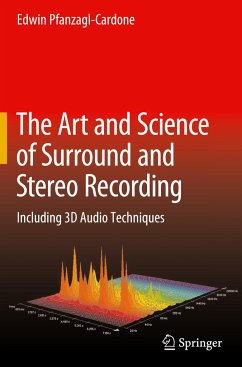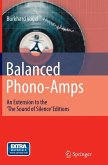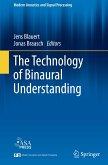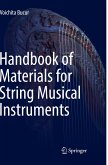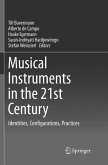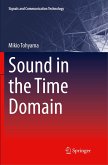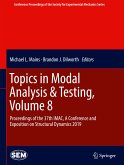This book presents an extensive and timely survey of more than 30 surround and 20 stereo-microphone techniques. Further, it offers, for the first time, an explanation of why the RCA "Living Stereo" series of legacy recordings from the 1950s and 60s is still appreciated by music lovers worldwide, despite their use of an apparently incorrect recording technique from the perspective of psychoacoustics. Discussing this aspect in detail, the book draws on the author's study of concert hall acoustics and psychoacoustics.
The book also analyzes the "fingerprint" features of a selected number of surround and - more importantly - stereo microphone techniques in depth by measuring their signal cross-correlation over frequency and also using an artificial human head. In addition, the book presents a rating of microphone techniques based on the assessment of various acoustic attributes, and merges the results of several subjective listening tests, including those conducted by otherresearchers. Building on this knowledge, it provides fresh insights into important microphone system features, from stereo to 3D audio. Moreover, it describes new microphone techniques, such as AB-PC, ORTF-T and BPT, and the recently defined BQIrep (Binaural Quality Index of reproduced music).
Lastly, the book concludes with a short history of microphone techniques and case studies of live and studio recordings.
The book also analyzes the "fingerprint" features of a selected number of surround and - more importantly - stereo microphone techniques in depth by measuring their signal cross-correlation over frequency and also using an artificial human head. In addition, the book presents a rating of microphone techniques based on the assessment of various acoustic attributes, and merges the results of several subjective listening tests, including those conducted by otherresearchers. Building on this knowledge, it provides fresh insights into important microphone system features, from stereo to 3D audio. Moreover, it describes new microphone techniques, such as AB-PC, ORTF-T and BPT, and the recently defined BQIrep (Binaural Quality Index of reproduced music).
Lastly, the book concludes with a short history of microphone techniques and case studies of live and studio recordings.
This recent book on spatial microphone techniques is clearly a work of love, and dedication to a topic close to the author s heart. It is one of the most comprehensive examinations of the field that I have ever seen, and few stones are left unturned. It will appeal to those sound engineers with an intellectual interest in stereophony those perhaps who are determined to get to the bottom of why the best-sounding techniques work as well as they do. (Francis Rumsey, Journal of the Audio Engineering Society, Vol. 69 (4), April, 2021)
For anyone interested in the science and engineering of stereo and surround recording techniques Pfanzagl-Cardone s book makes fascinating reading and provides a fresh insight into their relative strengths and weakness. I found the book very educational and informative, but also enjoyable and fascinating to read, and it has greatly extended my understanding and appreciation of stereo and surround microphone techniques. (Hugh Robjohns, SOS Sound On Sound, soundonsound.com, June, 2021)
For anyone interested in the science and engineering of stereo and surround recording techniques Pfanzagl-Cardone s book makes fascinating reading and provides a fresh insight into their relative strengths and weakness. I found the book very educational and informative, but also enjoyable and fascinating to read, and it has greatly extended my understanding and appreciation of stereo and surround microphone techniques. (Hugh Robjohns, SOS Sound On Sound, soundonsound.com, June, 2021)

